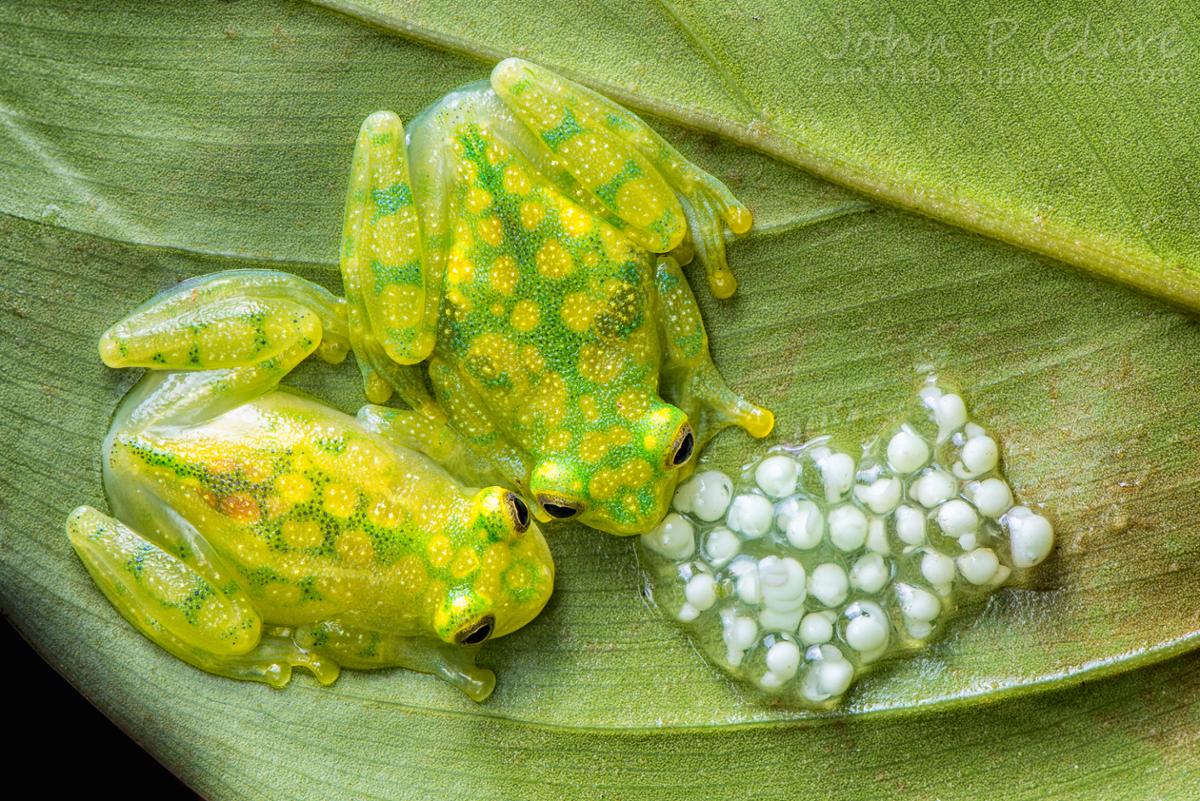Researchers sometimes make biomedically important findings in the strangest places. One such discovery took place with glass frogs--tiny amphibians that live in the tropical forests of Central and South America. They are active at night and dormant during the day.
To avoid being spotted by predators, dormant frogs cling to the undersides of leaves and become translucent, with the green color of leaves showing through their bodies. Just how they do this has been a mystery to physiologists, since blood, which is opaque and red, is normally circulated to all parts of an animal’s body. This circulation is vital to life because blood carries oxygen and nutrients. Blood consists of several kinds of cells, floating in a transparent fluid. Its red color is due to red blood cells, which contain a vitally important oxygen-carrying protein that is red.
In 2022 a team of researchers reported a surprising finding about how the glass frog becomes translucent. Using a special imaging technique, they showed that the frog has a remarkable ability to remove its red blood cells from circulation and hide them by packing them all together in its liver. They apparently can survive in this condition for many hours by greatly reducing their metabolic rate. When the frog becomes active, the cells are unpacked and restored to circulation. Its body becomes opaque and ruddy.
The discovery is biomedically important because when blood cells pack closely together in humans, they generally form potentially fatal blood clots. Understanding how the frog packs its blood cells together and then unpacks them again without the formation of clots could lead to new treatments to prevent blood clots in humans.










